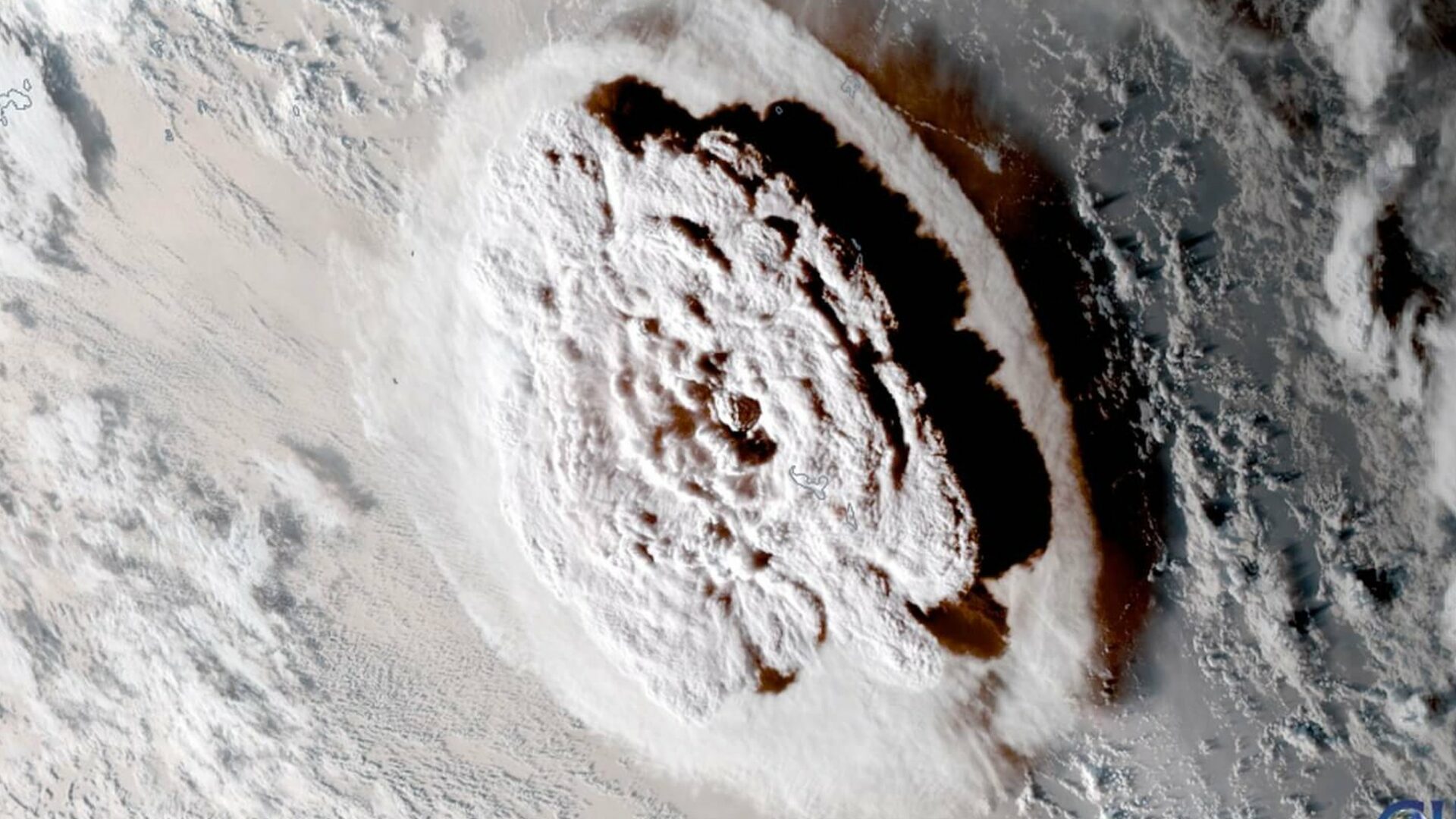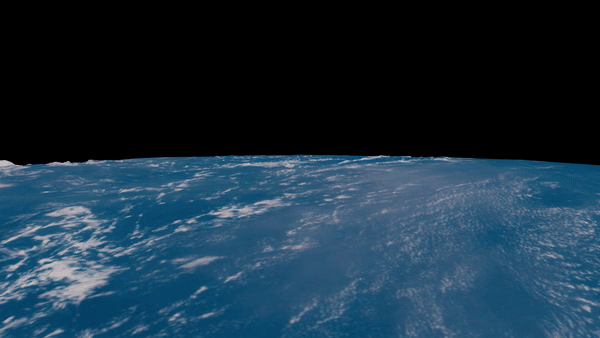The eruption of the underwater volcano Tonga in January 2022 was so powerful that it generated plasma bubbles that caused disruption of radio communications in outer space. The new results of the study of a record-breaking eruption can help avoid disruptions in the work of satellites and GPS systems on Earth, as well as learn more about volcanoes on other planets, the scientists add.

In January 2022, the underwater volcano Hunga Tonga-Hunga Ha’apai, located near the islands of the Kingdom of Tonga in the South Pacific Ocean, “woke up” with a powerful explosion. The eruption generated the highest volcanic plume ever recorded, reaching a height of 57 kilometers, and also caused a tsunami that reached the Caribbean. In general, the eruption turned out to be the most powerful natural explosion in more than a century, which was not inferior in strength to the explosion of the largest American nuclear bomb.
Researchers have long been interested in whether volcanic eruptions can create so-called “equatorial plasma bubbles” that disrupt satellite communications. The eruption of Tonga turned out to be so powerful that it created a strong air pressure that disrupted the Earth’s ionosphere — one of the highest layers of the earth’s atmosphere, extending at an altitude of 80 to 1000 km. Scientists have long assumed that volcanic activity can disrupt the ionosphere, and Tonga has demonstrated this in practice.
Eruption that exceeded the expectations of scientists
In the new study, scientists used the Japanese Arase satellite to detect equatorial plasma bubbles and the national Himawari-8 satellite to monitor atmospheric waves. Ground stations were used to track the movements of shock waves in the ionosphere. Scientists discovered that after the shock wave from the Tonga eruption hit the ionosphere, they discovered equatorial plasma bubbles that stretched into space to a height of at least 2000 km. This was much further than the theoretical models suggested.

The scientists also discovered a sudden increase in electron density and an increase in the height of the ionosphere a few hours before the initial arrival of this shock wave. The researchers suggested that such a rapid reaction could occur due to the fact that atmospheric waves from the eruption interacted with electrically charged ions in the ionosphere, causing rapid energy movement along the lines of the Earth’s magnetic field.
The new data may help scientists predict the appearance of plasma bubbles associated with volcanic eruptions. Although the researchers will not be able to prevent a serious impact on satellite communications and GPS signals, the discovery will help warn aircraft pilots and ship captains who will pass through the area of plasma bubbles in the future.
Earlier we reported on how the Earth’s atmosphere “boiled” from the eruption of the Tonga volcano.
According to Nature
Follow us on Twitter to get the most interesting space news in time
https://twitter.com/ust_magazine

